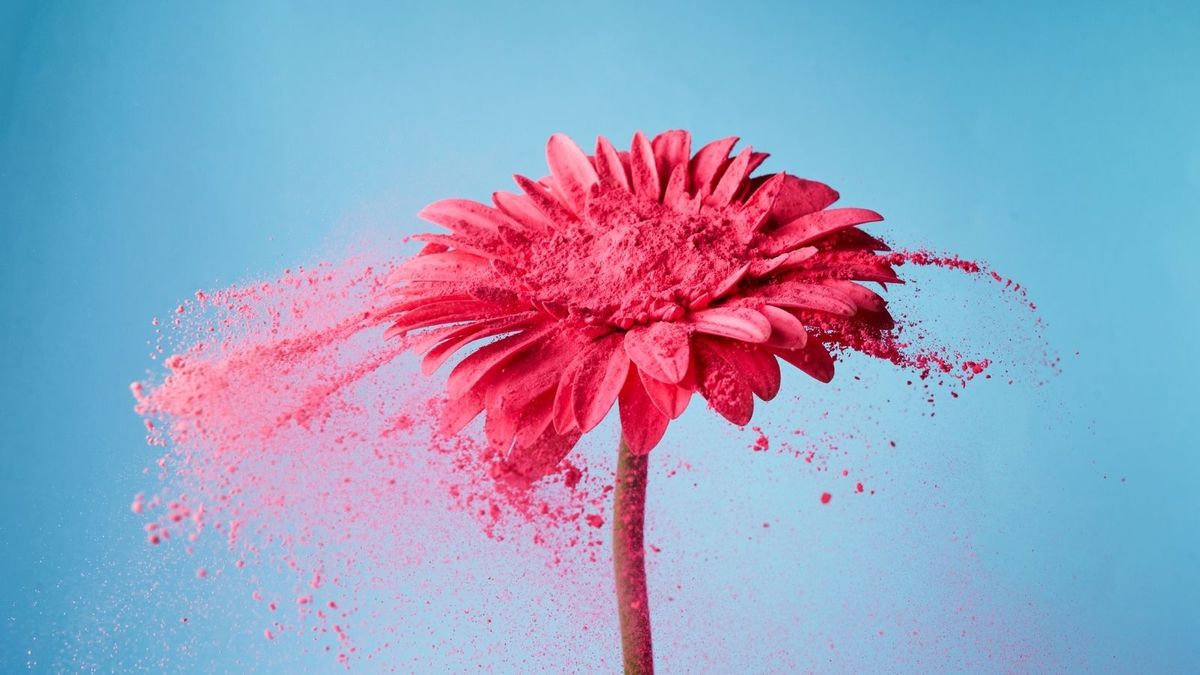Holi, the festival of colours, is here, and after almost two years and multiple lockdowns, there’s finally hope for us to step out and celebrate this special occasion with our loved ones. Think gorging on divine Holi special treats, like gujiya, puran poli, dahivada; downing multiple glasses of thandai, and playing with vibrant Holi colours. Talking about colours, we hope you’re planning your Holi celebration with eco-friendly, natural ones and have not bought artificial colours containing chemical solvents and toxic ingredients.
Chemical-laden colours or artificial colours may not only leave stubborn stains on your skin but also cause rashes and allergies. Such colours may also affect your scalp and hair, and lead to dandruff and a host of other skin and hair-related issues.
Ensure a responsible Holi celebration this year with our curation of brands selling eco-friendly and non-toxic colours.
Avani
A Kumaon-based non-profit organization, Avani is known for handwoven textiles made using natural yarns and plant-based dyes. Around Holi, they also offer a range of organic Holi colors. The farmers associated with the organization use rice flour and organic ingredients to create a range of five colours – orange, blue, yellow, green, and indigo.
Phool
Phool creates skin-friendly organic Holi colours in four shades – pink, yellow, green, and blue. And each of these gulaal are made using natural pigment extracted from recycled flowers from temples. According to the brand, the shades of each of these four offerings differs from box to box since no two batches of flowers are the exact same shade. Phool’s colours come with a skin safety certificate, and a photo and note by the worker who made these gulaal for you.
Satavic Farms
Making natural Holi colours for Holi celebration in India since 2008, Satavic Farms’ colours come in plastic-free packaging. They use extracts from fruits, vegetables, and herbs to make chemical-free, skin-friendly colours for the festival of colours.
My Pooja Box
Available in four colours – red, blue, and yellow – My Pooja Box’s Holi special offerings are made using the extract of herbs, flowers, fruit, vegetables, and other edible materials. Their Holi special gift boxes come with a silver-plated pichkari and bucket.
Antarkranti Naturals
Orange, yellow, pink, red and green – these are the gulaal colours available at Antarkranti Naturals. The base of their products is edible grade maize starch and they add colour to them using tesu flowers, rose, marigold, sandalwood and other food colours.
Craftizen Foundation
Waste, discarded flowers from temples and wedding halls are converted into non-toxic, skin-friendly colours for Holi celebration in India by the differently-abled workers at Craftizen. The foundation claims that their colours use three times less water as compared to the regular colours. Craftizen’s Holi colours arrive in a cardboard box that is hand-sketched by their in-house designers.
TWF
Made using wheat and corn flour, TWF’s eco-friendly colours come in shades of yellow, green, and pink. They use edible items such as cranberry, spinach, neem, henna, turmeric, beetroot and saffron to make different types of gulaal, and their products come in reusable zipper bags.
Ahaeli
Ahaeli’s Holi colours come in shades of red, blue, yellow, and green, and are made using rice and arrowroot flour as the base. Their colours are herbal, and they require 50 per cent less water to wash off, according to the brand.
Tips to identify eco-friendly Holi colours by celeb dermatologist Dr Apratim Goel1. Organic, natural colours come in lighter shades. So, if you see deep, dark colours - beware, there may be chemicals in those. 2. Homemade, herbal colours are expensive because the ingredients used to make these - fruits, vegetables, flowers, herbs, flour, multani mitti - don't come cheap. 3. The texture of natural colours is smoother like flour, while chemical-laden ones are grainy. 4. Eco-friendly Holi colours mix easily with water whereas the artificially made ones have heavy metals and oils in them so they don't mix well with water. 5. When applied on the skin, natural colours come off easily with the help of water. 6. Organic, eco-friendly colours come with a lab test certificate or a skin safety certificate. 7. The smell of natural colours comes from the ingredients they are made using. For instance, yellow or orange will have turmeric or marigold's fragrance, pink will have rose fragrance, and so on. 8. Lastly, read the label. Natural colours are made using edible items such as herbs, flowers, types of flour, etc. |





